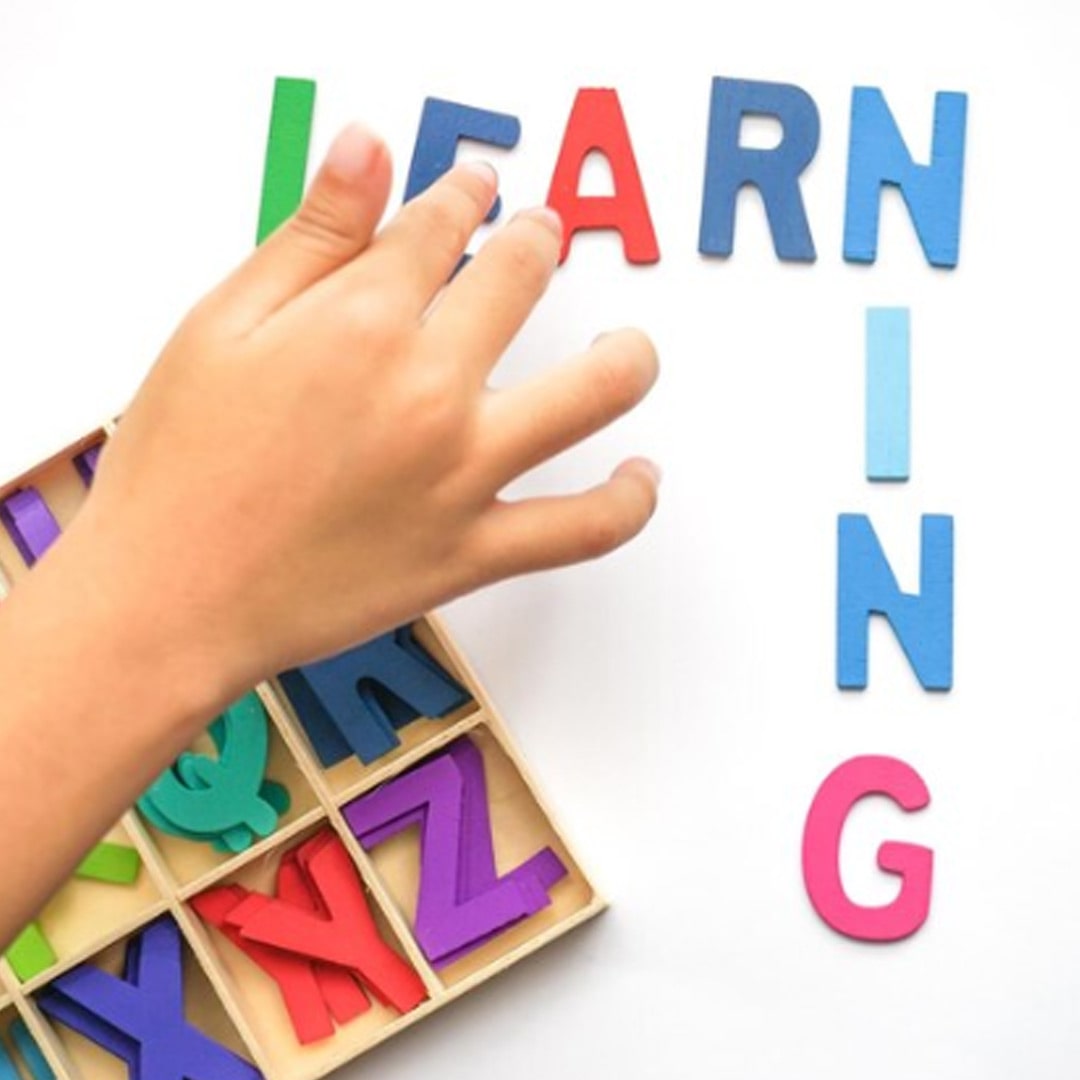Please enter the code we just sent to whatsapp 91-11-46710500 to proceed
Didn't Receive OTP?

Phonics is teaching your child how to read and write- it’s the relation between how words are spelt and how specific letters sound. It includes hearing, identifying, using, matching and blending. This tool helps in learning any language. For example: the sound k can be spelled as c, k, ck etc. Phonics helps them to understand how to blend the sounds of letters which helps in decoding words.
Children learn the connection between written symbols and sounds through phonics. By learning the sounds of the language early on, the child can learn and recognise new words which will lead to a logical and repeated pattern of words in the long run.
During the early years, children are most receptive and act like sponges absorbing information around them. Introducing them to the world of phonics at this crucial stage is important for them to become terrific readers and proficient speakers.
At this level, children learn basic sounds of the 26 letters, reading CVC words, introduction to blends and how to break down a word into their sounds using segmenting.
Children are taught the above through songs, rhymes, games, stories, images and gamified lessons to make the learning fun, informative and engaging. By learning various rules of vowels and consonants, the child understands how to read by rules and not by blind memorization.
At this age, children learn the grapheme-phoneme links in English. Children learn magic words, magic E, introduction to singular plural, various diagraphs like ph/wh, how to use this/that/those/these, and the Schwa sound. Children are introduced to various word families making them familiar with the language. Basic spelling rules like floss rule and rabbit rule are some examples which will be taught. These help the child to decode a spelling easily and this minimises mistakes to a large extent.
In the process of learning phonics children develop their vocabulary to a large extent.
Read more: Easy Ways to Teach Consonant Blends, Digraphs and Trigraphs
By having a clear comprehensive picture of the varied benefits of phonics, now let's also understand what is the child missing out on by neglecting phonics at a young age:
1. The major difficulty is seen in reading any word or sentence as the child doesn’t know how to comprehend it.
2. When a child does not know the sound of a letter, he/she says most of the words wrong.
3. Learning to spell becomes a challenge as it's very difficult to memorise so many words without learning the rules.
4. The child becomes dependent on guessing and remembering with clues.
5. They may find it difficult to understand the context of a word in a particular sentence.
6. Leads to frustration and irritation over studies and academics in general.
7. Limits the child's reading and speaking skills.
8. Hampers confidence and the ability to communicate freely.
9. A child who doesn’t know basic reading means he/she will have low self-esteem which may lead to mental health issues.
1. The content needs to be engaging and interactive which will interest the child and grab his/her attention.
2. A structured and systematic curriculum where the child learns all the topics step by step.
3. Learning phonics is a multisensory approach where the child needs to be taught with images, songs, stories, games and hands-on activities.
4. Continuous support and guidance of the teacher.
5. Effective assessment techniques to assess the child’s understanding and progress.
6. The content which the child learns in phonics must align with the academic goals and learning methodologies.
7. The classroom or online class works best when it is 1:1 as the teacher will have undivided attention on the child.
8. The teacher needs to be phonics certified or have a strong foundation in phonics herself.
9. Credibility of the platform and how effective it is.
10. The teacher must have the ability to judge the child and teach accordingly.
1. Phonics: Phonics teaches children how to read by showing the connection between the symbols and their sounds.
2. Phonemic Awareness: It is the ability to identify, combine and manipulate individual sounds.
3. Grapheme: It’s the smallest unit of a letter or a group of letters.
4. Phoneme: The individual sounds that form words are called phonemes.
5. Blending: It’s the process of joining or combining individual sounds of letters to form a word.
6. Segmenting: It’s the process of breaking down a word into its sounds.
7. Digraphs: It’s a combination of two letters which make one sound.
8. Trigraphs: A combination of three letters making one sound.
Diphthongs:
1. It’s a sound which forms when we combine two vowels into a single syllable. These are also called gliding vowels.
2. CVC words: CVC is consonant-vowel-consonant. These are some of the first words a child learns.
Read more : Teaching your kids how to read with Digraphs and Diphthongs
As parents understanding what is phonics, how crucial it is, how damaging it can be for the child if not learnt at the right age and what are the things to look out for in a phonics course lay the foundational bricks for the child’s future. Investing time in this is extremely important to make sure the next generation learns correctly right from a young age. As parents and educators let's make sure we kindle the right flame in the young creative minds.
Shape Your Kid's Future with Bambinos Classes | Bambinos.live India's No. 1 English Communication Platform For Kids | Book a Free Class Now